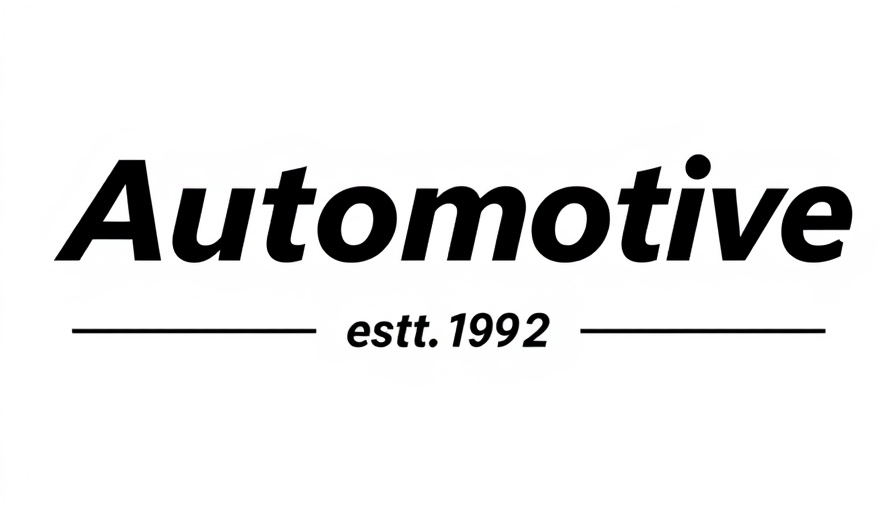
Auto Industry Faces Rush as Tariff Fears Surge
As concerns around impending auto tariffs loom large, March witnessed a significant surge in vehicle sales, totaling an impressive 153,000 ‘pull ahead’ purchases. This surge, highlighted in the quarterly "On the Horizon" report by Cloud Theory, saw new vehicle sales jump from approximately 960,000 units in February to around 1.31 million in March—a staggering increase of 38%. While typical seasonal trends and tax refund season contributed to this spike, analysts indicate that consumer anxiety regarding potential tax implications played a critical role.
The Reality of Rising Prices
Rick Wainschel, Cloud Theory’s vice president of data science and analytics, underscores the consumer sentiment: "Consumers are well aware of the risks these tariffs pose in terms of future cost hikes, with price increases potentially moving from the hundreds of dollars to the thousands." This anticipation led savvy shoppers to seize the moment, purchasing vehicles before potential price hikes. Notably, the average market price for new vehicles increased by $1,123 during March, influencing buyers to act swiftly.
Short-Term Gains vs. Long-Term Outlook
While the accelerated sales delivered short-term momentum, Wainschel warns of a potential "hangover effect"—where swelling demand now may deliver depressingly low sales answers in the future. If the tariffs turn into long-standing policies, their repercussions could impact the industry sharply, transitioning from a temporary boost to dire consequences. Manufacturers are already adjusting by scaling back incentives, reflecting their preparation for elevated costs in the near future.
Price Increases: A Sign of Things to Come?
The report highlights price hikes primarily in larger vehicle segments—extra-large SUVs, full-sized pickups, and heavy-duty trucks, for example. These segments have been the first to bear the brunt of price increases, perceived as a precursor of broader market dynamics. Given that many costs are associated with parts sourced from Canada, the escalating expenses are set to ripple through the supply chain, affecting dealerships and ultimately consumers.
Preparing for Challenges Ahead
The automotive sector faces significant uncertainty regarding pricing strategies as it navigates potential long-term tariffs. As reported, the Market Adjustment metric by Cloud Theory saw a reduction by $432 from late February to March, reflecting a preemptive step from manufacturers wary of possible price adjustments affecting consumer purchasing behaviors.
Your Next Steps in the Auto Sales Landscape
For dealership owners and general managers, understanding these shifting dynamics is key to navigating the automotive market. The pressing question remains: how will you position your dealership to capitalize on current trends while preparing for potential shifts in the near future? Keeping abreast of market analysis reports, consumer behaviors, and pricing tools will be vital strategies in ensuring your success moving ahead.
Staying informed and proactive can make all the difference to your bottom line, especially during uncertain times when consumer fears can heavily dictate buying behaviors.
 Add Row
Add Row  Add
Add 

 Add Row
Add Row  Add Element
Add Element 




Write A Comment